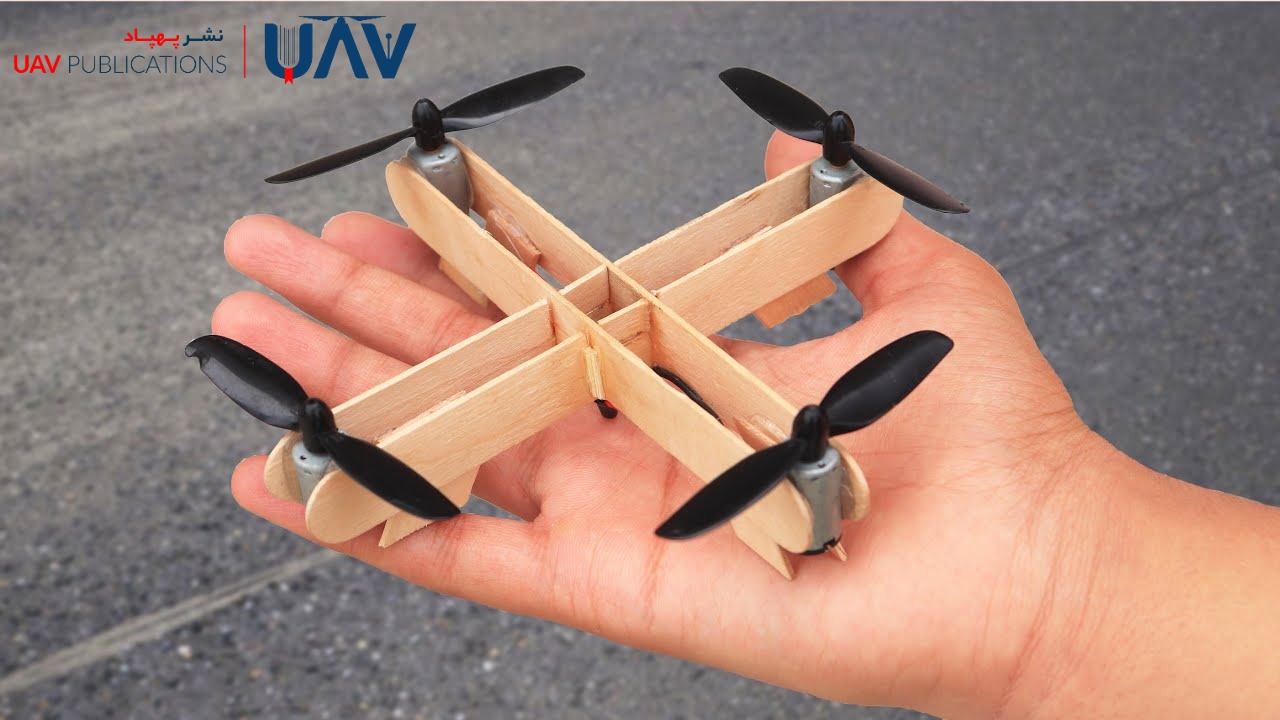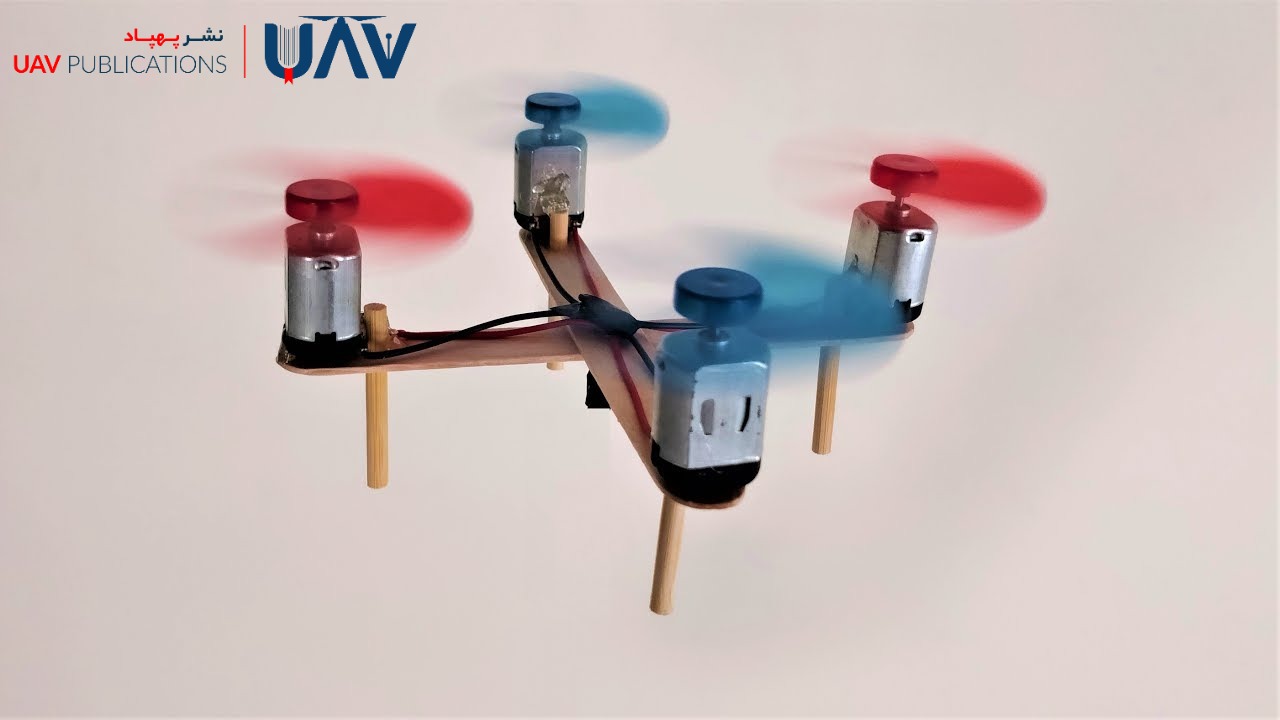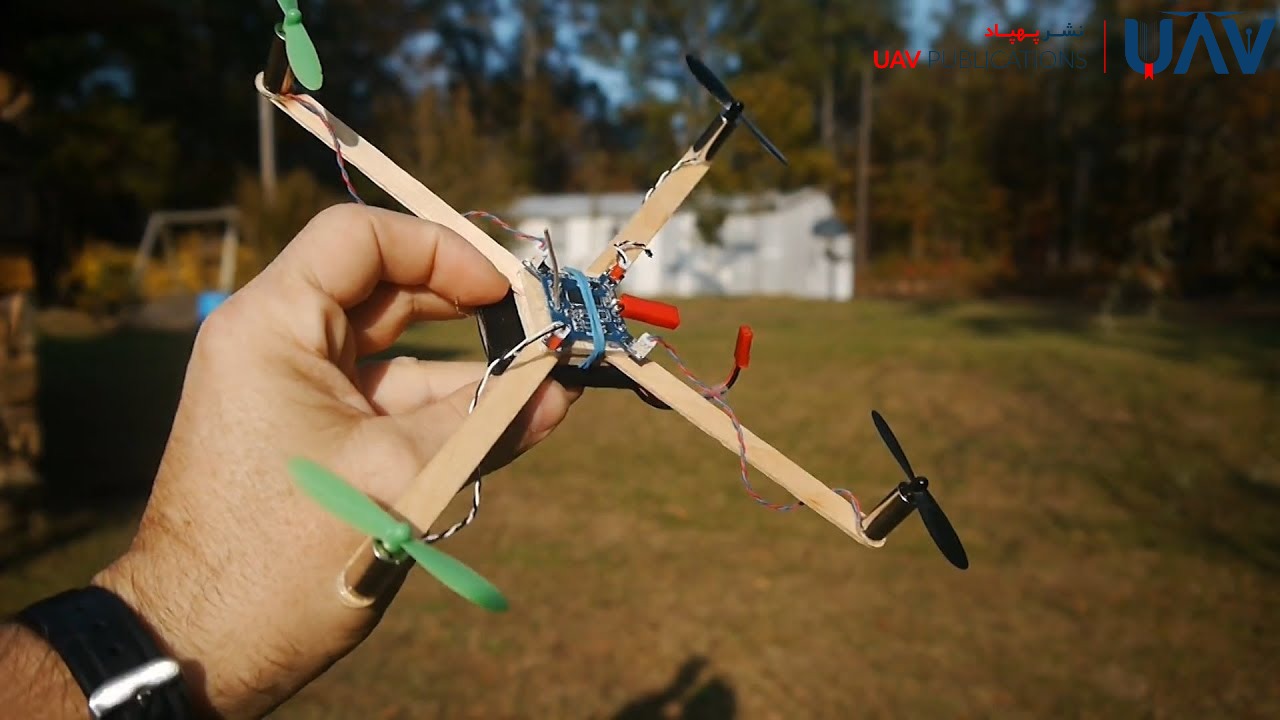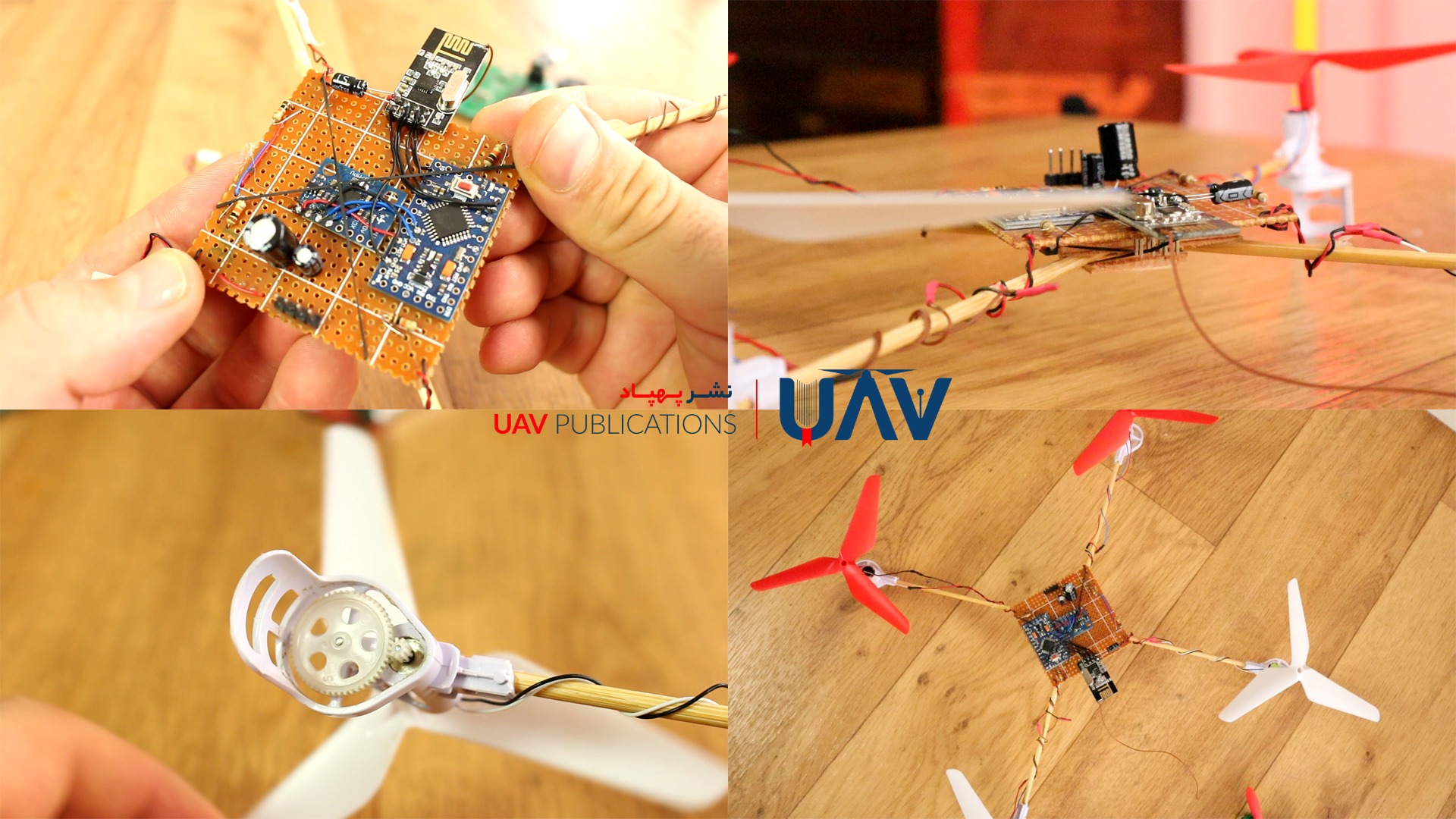Creating a handcrafted drone using discarded and recycled materials presents an engaging and educational opportunity for students to explore fundamental scientific concepts such as electric circuits, propulsion, balance, and design. This simple yet enriching project utilizes readily available household items—popsicle sticks, bottle caps, plastic straws, AA batteries, and a small DC motor (armature)—most of which can be found at home or sourced from recyclable waste.
The objective is to foster hands-on learning while emphasizing creativity and environmental awareness. Students learn how to transform seemingly worthless objects into a simple yet functional engineering device. The finished drone can operate—its blades spin using power from the motor. This project can serve as an excellent exhibit in science fairs or classroom presentations, representing the intersection of art, science, and ecological responsibility.
Activities like this not only nurture technical skills and creative thinking but also instill a sense of responsibility towards nature and the importance of reusing materials. Projects of this nature can inspire the next generation of engineers, designers, and inventors.
How to Build a Real Drone Using Simple Materials
At first glance, constructing a drone might seem like a high-level endeavor—more fantasy than practical. However, when one realizes that a functional flying model can be built with just a few basic recycled materials, a bit of creativity, and a small motor, the task becomes not only approachable but also exciting.

This guide is designed for students seeking a meaningful and practical science project at home—requiring no expensive components or complicated tools—and for the parents and educators supporting their exploration.
Materials Needed to Build a Miniature Drone at Home
- 1 small DC motor. (can often be salvaged from old toys or found in stationery shops)
- 2 AA or coin batteries.
- 1 battery holder or electrical tape to connect the batteries to the motor.
- 1 small on/off switch. (optional but helpful)
- 2 or 4 lightweight propellers. (can be fashioned from cut plastic bottle caps)
- Plastic straws or popsicle sticks for the frame.
- Hot glue or strong adhesive.
- Lightweight cardboard or plastic for balance and stabilization.
- Thin wire, electrical tape, scissors, and a ruler.
Step-by-Step: How to Make a Simple DIY Drone
- Constructing the Main Frame: Use popsicle sticks or drinking straws to create a cross-shaped frame. This serves as the primary structure on which the motor and propellers will be mounted.
- Attaching the Motor and Propellers: Secure the motor firmly at the center of the frame using glue. Attach the propellers to the motor shaft. Bottle caps can be cut and bent into blade-like shapes and affixed to the shaft with glue, forming rudimentary but functional propellers.
- Powering the Motor: Insert the batteries into the holder and connect them to the motor using wires. If using a switch, integrate it into the circuit to control the power flow. Ensure the polarity is correct so the motor spins in the intended direction.
- Balancing the Structure: Use lightweight materials such as cardboard or plastic to stabilize the drone. Proper balance is crucial to prevent the drone from tipping to one side during operation.
- Test Flight: Place the drone on a flat surface and turn on the motor. If assembled correctly, the propellers should rotate. Depending on weight and design, the drone may lift slightly or move across the surface. Though it’s not designed for full vertical flight like professional drones, with precise balancing and propeller alignment, some lift, spin, or hopping motion is possible.
Why Is It Possible to Build a Drone Using Basic Materials?
While the word “drone” often conjures images of complex electronics and advanced navigation systems, a foundational understanding of physics, electricity, and mechanical balance makes it entirely feasible to build a simple model using everyday items. The DC motor serves as the heart of the system, driving rapid rotation of the propeller. Simple batteries supply the necessary energy, and typical recyclables, such as straws, sticks, and bottle caps, form the structural elements.
When these parts are thoughtfully assembled, the result is a functional, educational model—ideal for classroom use or science demonstrations. This rudimentary version lays the groundwork for understanding real drones and provides students with a tangible opportunity to experience science. The act of building solidifies learning in a way that theory alone cannot. Indeed, crafting with one’s hands is among the most effective ways to internalize knowledge, and this project proves that beautifully.
How to Turn a Bottle Cap into a Propeller
One of the most creative aspects of this project is transforming everyday plastic bottle caps into effective drone propellers. When cut and shaped correctly, these caps can function like simple rotor blades, displacing air.
Make two or four evenly spaced cuts around the cap’s edge, then bend the resulting flaps at an angle to push air when spun. The reductions must be symmetrical to maintain balance and minimize vibration. Use a hot needle or nail to create a small central hole, then mount the cap onto the motor shaft. Secure it with strong glue to ensure it remains fixed during rotation.
This method not only minimizes costs but also teaches students how to upcycle mundane objects into functional tools. Recycling isn’t just about separating waste—it’s about reimagining discarded items with a new purpose.
The Role of Balance and Weight in Drone Flight
Maintaining balance is one of the most significant challenges in building a DIY drone. Even if the motor and propellers function perfectly, uneven weight distribution can cause the drone to tilt or topple.

To ensure balance, weight should be evenly distributed across all sides—motors, batteries, and frame components must be symmetrically aligned. That’s why a cross-shaped structure using popsicle sticks or straws is recommended; it offers a naturally balanced design.
If using multiple motors, mount them at identical angles and levels to equalize the generated thrust. Final balancing can be achieved by attaching small pieces of cardboard or plastic as needed. This process mirrors that of aerospace engineering, where precision adjustments ensure flight stability and safety. Through this hands-on practice, students learn a fundamental principle of flight mechanics.
How to Make Your Drone Look More Attractive and Professional
A well-designed appearance, alongside solid functionality, can elevate your drone from a simple project to a showstopper. Once the core structure is complete, embellish it with creativity and imagination. Colored paper, markers, shiny stickers, or plastic covers can enhance visual appeal. Metallic or silver tones can give the drone a modern, scientific look. Use different colors for each propeller to indicate spin direction and balance.
If available, small LED lights can be wired to the battery, giving the drone a captivating night-time glow. Ensure that all decorative additions are lightweight and do not disrupt the flight balance. This final stage not only enhances artistic expression but also serves as a valuable exercise in integrating aesthetics with engineering.
Educational Use of Drones in Classrooms and Exhibits
Once completed, the drone becomes more than just a craft—it transforms into a compelling educational tool. Teachers can use it to demonstrate principles of thrust, balance, circuitry, and even basic industrial design.

At science fairs, students can present their drones, explain how they work, showcase their internal circuits, and walk attendees through the construction process. This not only builds public speaking skills and scientific confidence but also deepens their understanding of the subject matter.
Drones built in this way can even be entered into competitions for best design or flight performance, motivating students to innovate and improve. Ultimately, this simple drone project ignites a lasting passion for science, engineering, and environmental awareness.

